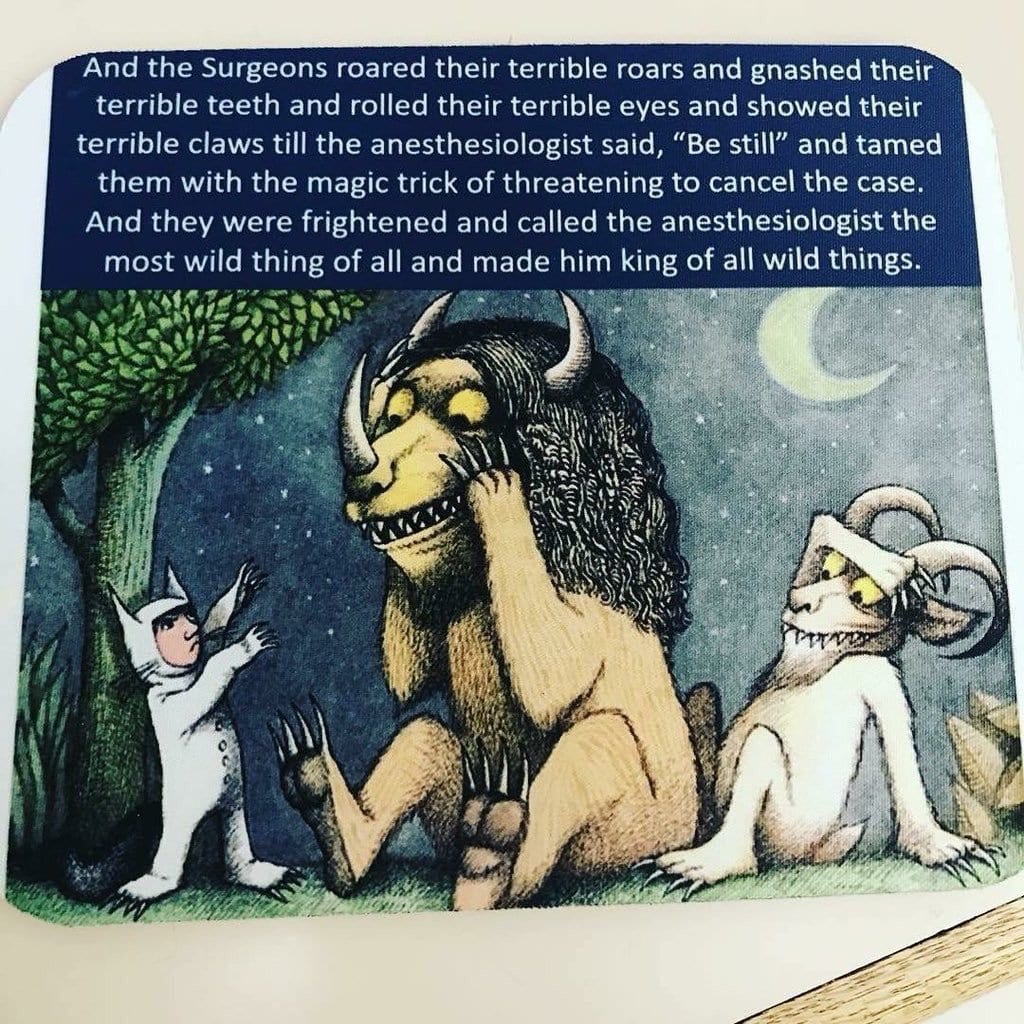Funtabulously Frivolous Friday Five 249
Just when you thought your brain could unwind on a Friday, you realise that it would rather be challenged with some good old fashioned medical trivia FFFF…introducing Funtabulously Frivolous Friday Five 249
Question 1
The latest intake of junior doctors from Ireland arrive in Australia, you overhear them talking about the ‘Celtic curse’ and getting a bronze diabetes. What are they referring to?
Reveal the funtabulous answer
Haemochromatosis
Named the ‘celtic curse’ due to a higher prevalence of this hereditary disease in the Irish, Welsh and Scottish.
Haemochromatosis causes diabetes in 65% of sufferers via iron deposition resulting in subsequent failure of the pancreas.
Bronzing or metallic or slate grey skin coloration results from a combination of iron deposition and melanin in the dermis.
Pigmentation
is usually diffused and generalized, but may be more prominent on
the face, neck, lower forearms, lower legs and genital regions. [Reference]
Question 2
What is the condition pictured below? (Clue: More common in patients taking insulin)
Reveal the funtabulous answer
Necrobiosis lipoidica
It is a rare granulomatous skin disorder which is more common in those patients taking insulin. It can occur in those without diabetes. The cause is unknown.
One or more tender yellow brown patches develop over months and can persist for years. The centre patch can become pale, develop telangiectasia or ulcerate if damaged.
Sometimes steroids are effective. [Reference]
Question 3
Why did Dr Gottlieb Heinrich Friedrich Küchenmeister feed Taenia Solium to prisoners in 1850s Germany?
Reveal the funtabulous answer
To establish the life cycle of the pork tapeworm and prove God had not made an error.
Danish zoologist Johann Streenstrup in the 1830s did some work on ‘bladder worms’. It was postulated that these worms ended up in muscles of sheep and pigs due to a malfunction in their life cycle. Küchenmeister a very religious man refused to believe God would make such an error and set out to prove the entire lifecycle of these worms.
Küchenmeister havested ‘bladder worms’ from various animals, feeding the proglottids to the next animal and when it died he discovered adults worms in the new host as well as in the brain.
At the time there was a bit of uproar due to the fact Dr Küchenmeister was only a physician and not a researcher. He caused more controversy by feeding the tapeworms to prisoners sentenced to death (no consent obtained). His first prisoner liked his cooled noodle soup so much they asked for seconds. Three days later the prisoner was executed and Dr Küchenmister found adult Taenia in the intestines.
Although barbaric, these experiments proved that some parasites could be transmitted from host to host by being eaten and did not need to be in the environment. [Reference]
The pork tapeworm can migrate to many organs including the muscle and the brain causing a disease known as Cysticercosis. In some countries it is one of the leading cause of seizures when the cysticerci migrate to the brain.
Question 4
What is ‘Son et lumière‘ sign?
Reveal the funtabulous answer
A rare combination of ‘sound and light’ purported to indicate the presence of pyloric stenosis.
Daniels described a case in the BMJ in 1973:
“The patient concerned had had a vagotomy and pyloroplasty a year previously and complained of increasing vomiting. On examination there was obvious splashing in the stomach, suggesting a diagnosis if pyloric stenosis.“
He was asked if he experienced foul eructations and replied that he certainly did. Then, rather diffidently, he said, “On one occasion I was lighting a cigarette when I belched and the explosion burnt my nose and hair.“
Other names proposed for this sign include: eluctation (eructation-to belch; lux-light) belch flambe, bangina oris, alight wind, pyloropyrotechnics, and the eructant dragon syndrome. [PMC1587500]
Question 5
What is heliotherapy?
Reveal the funtabulous answer
Treatment of disease by exposure to the sun.
In Greek mythology, Helios was the god of the Sun, the charioteer who drove the Sun across the sky each day. Hippocrates was a great advocate of the Sun’s healing properties. Although heliotherapy traditionally refers to treatments that use natural sunlight, the term is also applied to artificial sources of ultraviolet, visible or infrared light radiation.
The Finsen lamp, invented by Faeroese physician Niels Ryberg Finsen, is perhaps the best-known example. An ultraviolet lamp, it allowed flexible treatment in all seasons and its rays could be concentrated onto the most affected parts of a patient’s body. Its greatest success was in the treatment of lupus – tuberculosis of the skin – for which Finsen was awarded a Nobel Prize in 1903.
…and finally

FFFF
Funtabulously Frivolous Friday Five
Dr Neil Long BMBS FACEM FRCEM FRCPC. Emergency Physician at Kelowna hospital, British Columbia. Loves the misery of alpine climbing and working in austere environments (namely tertiary trauma centres). Supporter of FOAMed, lifelong education and trying to find that elusive peak performance.



